Top 5 UNESCO’s Heritage Site Of Malaysia
Extracted from United Nation Educational, Scientific and Cultural Organisation, UNESCO World Heritage: Quebec City, Canada, 8 July – 2 days ago, the World Heritage Committee, meeting for its 32nd session, finished inscribing 27 new sites on UNESCO’s World Heritage List with the addition of 19 cultural sites and eight natural sites to the List.
Among those cultural sites are 2 of our historic city in Malaysia: Melaka and George Town. Reviewing the UNESCO world heritage list, I have compiled and listed down the following Top 5 World Heritage Site in Malaysia which I would recommend to travelers around the world:-
1) Melaka,
2) George Town, Penang – Historic cities of the Straits of Malacca (Malaysia), Melaka and George Town have developed over 500 years of trading and cultural exchanges between East and West in the Straits of Malacca. The influences of Asia and Europe have endowed the towns with a specific multicultural heritage that is both tangible and intangible.
With its government buildings, churches, squares and fortifications, Melaka demonstrates the early stages of this history originating in the 15th-century Malay sultanate and the Portuguese and Dutch periods beginning in the early 16th century. Featuring residential and commercial buildings, George Town represents the British era from the end of the 18th century. The two towns constitute a unique architectural and cultural townscape without parallel anywhere in East and Southeast Asia.
3) Gunung Mulu National Park – Important both for its high biodiversity and for its karst features, Gunung Mulu National Park, on the island of Borneo in the State of Sarawak, is the most studied tropical karst area in the world. The 52,864-ha park contains seventeen vegetation zones, exhibiting some 3,500 species of vascular plants. Its palm species are exceptionally rich, with 109 species in twenty genera noted.
The park is dominated by Gunung Mulu, a 2,377 m-high sandstone pinnacle. At least 295 km of explored caves provide a spectacular sight and are home to millions of cave swiftlets and bats. The Sarawak Chamber, 600 m by 415 m and 80 m high, is the largest known cave chamber in the world. The concentration of caves in Mulu’s Melinau Formation with its geomorphic and structural characteristics is an outstanding feature which allows a greater understanding of Earth’s history. The caves of Mulu are important for their classic features of underground geomorphology, demonstrating an evolutionary history of more than 1.5 million years. One of the world’s finest examples of the collapse process in Karstic terrain can be also found. GMNP provides outstanding scientific opportunities to study theories on the origins of cave faunas. With its deeply-incised canyons, wild rivers, rainforest-covered mountains, spectacular limestone pinnacles, cave passages and decorations, Mulu has outstanding scenic values. GMNP also provides significant natural habitat for a wide range of plant and animal diversity both above and below ground. It is botanically-rich in species and high in endemism, including one of the richest sites in the world for palm species.
4) Kinabalu Park, in the State of Sabah on the northern end of the island of Borneo, is dominated by Mount Kinabalu (4,095 m), the highest mountain between the Himalayas and New Guinea. It has a very wide range of habitats, from rich tropical lowland and hill rainforest to tropical mountain forest, sub-alpine forest and scrub on the higher elevations.
It has been designated as a Centre of Plant Diversity for Southeast Asia and is exceptionally rich in species with examples of flora from the Himalayas, China, Australia, Malaysia, as well as pan-tropical flora. The site has a diverse biota and high endemism. The altitudinal and climatic gradient from tropical forest to alpine conditions combine with precipitous topography, diverse geology and frequent climate oscillations to provide conditions ideal for the development of new species. The Park contains high biodiversity with representatives from more than half the families of all flowering plants. The majority of Borneo’s mammals, birds, amphibians and invertebrates (many threatened and vulnerable) occur in the Park.
5) The 5th Heritage Site in Malaysia: Travel Feeder web Site…..Oops! Not yet inscribed by UNESCO. 🙂

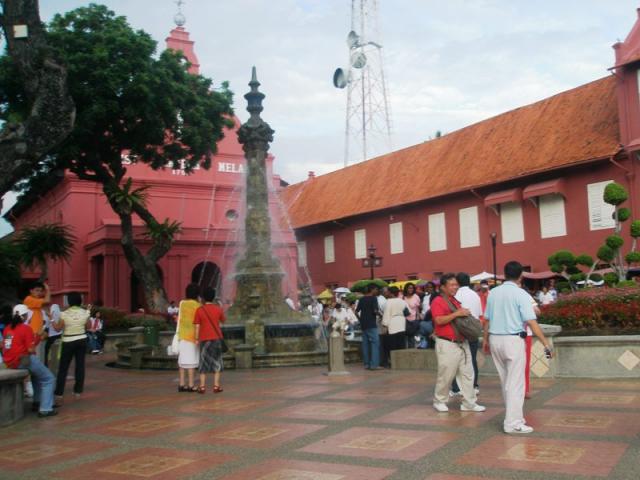
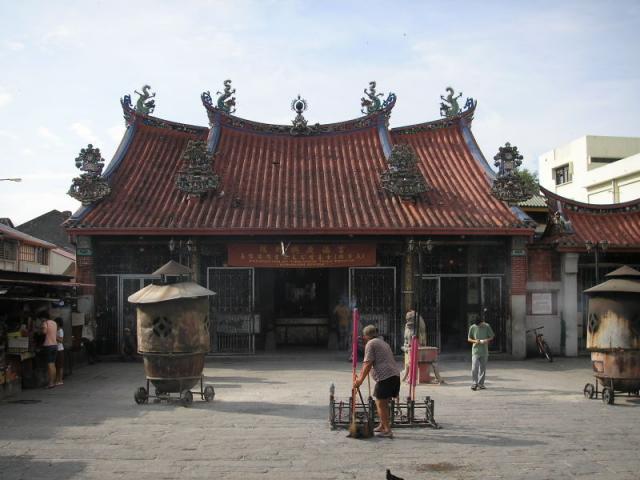
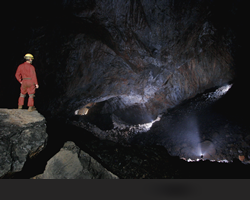
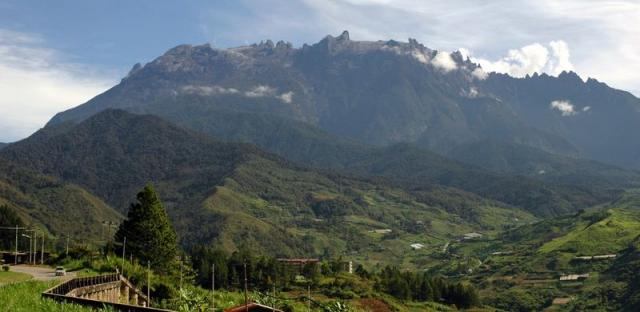


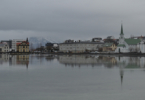
Wow! I didn’t know that there are 4 UNESCO sites in Malaysia! And 1 is on the way…Travel Feeder heheh
One of the most beautiful places on earth is actually so near to us! Good, since it’s so expensive to travel around, I think it’s time for us to appreciate the little beauties around us!
I am looking forward to your next Top 5! Thanks for sharing! 😀
- July 14, 2008Your site- http://www.travelfeeder.com is cool site, thanks, webmaster. see this blaster worm remove
- July 29, 2008Good luck.
nice top 5, thanks for posts, im heading to malaisia soon
- September 26, 2008Me too!! Hope Malaysia is worthwhile to go!!
- February 5, 2009Thank you so much!!! I love all your blogs!
Sincerely,
- February 21, 2009triz from High Quality Picture
mostly the heritage in malaysia is so nice.. but i’m have not been able to go to the gunung mulu national park
- April 6, 2015